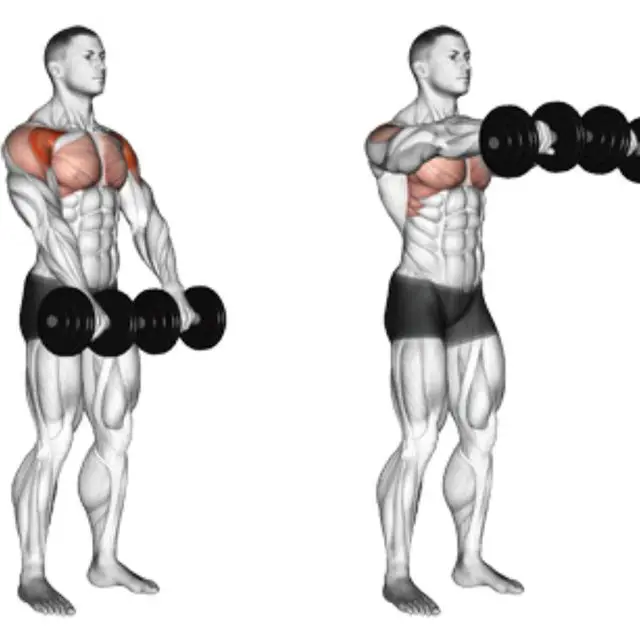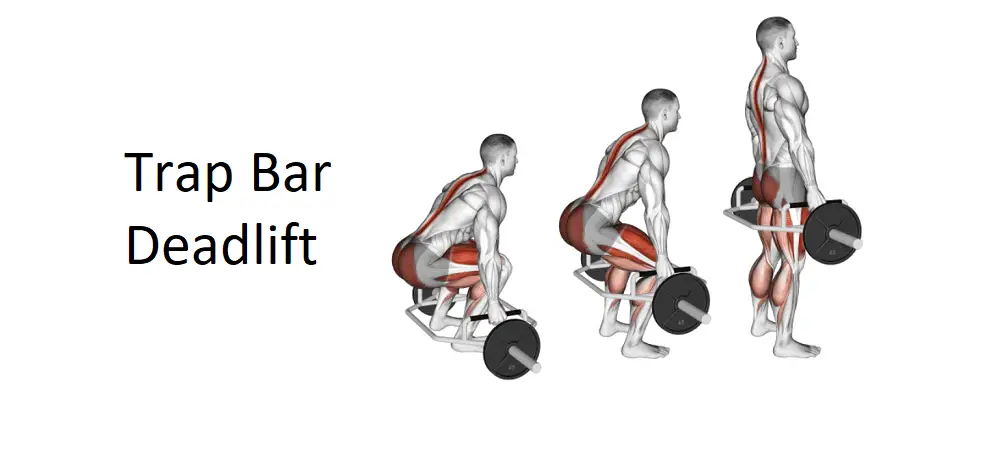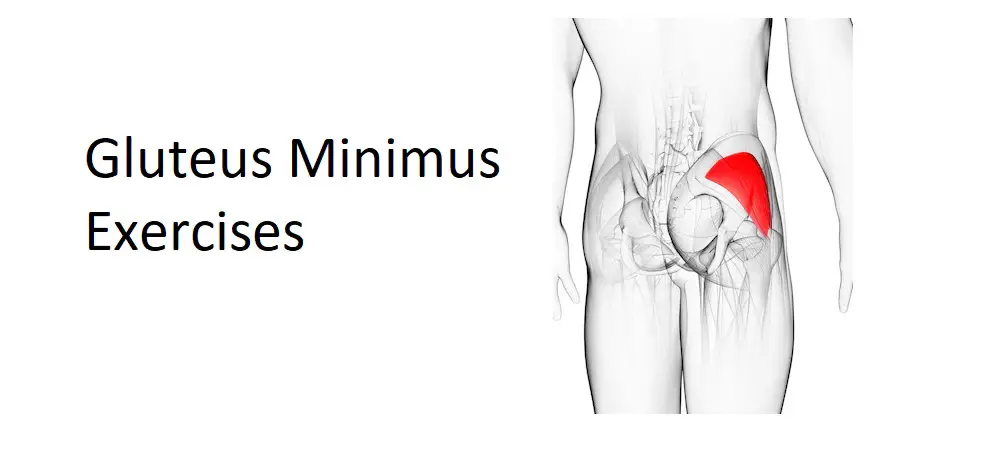The Dumbbell Front Raise is a popular exercise that targets the front deltoid muscles, helping to build strength and definition in the front of the shoulders. In this comprehensive guide, we’ll explore the correct technique, benefits, alternatives, and other essential details associated with the Dumbbell Front Raise.
Instructions
Setup:
- Select Dumbbells: Choose a pair of dumbbells that are appropriate for your fitness level. Start with lighter weights if you’re new to the exercise and gradually increase as you become stronger.
- Standing Position: Stand with your feet shoulder-width apart, knees slightly bent, and hold a dumbbell in each hand at your sides. Maintain a neutral spine and engage your core muscles.
Execution:
- Lifting Motion: Exhale as you raise the dumbbells in front of you to shoulder height, keeping your arms straight but not locked. Maintain a slight bend in your elbows throughout the movement.
- Controlled Lowering: Inhale as you lower the dumbbells back down to the starting position in a slow and controlled manner. Avoid swinging or using momentum to lift the weights.
- Repeat: Perform the desired number of repetitions with proper form and control.
Tips:
- Keep your shoulders down and away from your ears throughout the exercise to avoid shrugging.
- Focus on using the front deltoid muscles to lift the dumbbells, rather than momentum or swinging.
- Avoid arching your back or leaning backward during the movement.
Benefits
- Front Deltoid Development: The Dumbbell Front Raise primarily targets the front deltoid muscles, helping to build strength and size in the front of the shoulders.
- Shoulder Definition: By strengthening the front deltoids, the exercise can help improve shoulder definition and create a more balanced appearance.
- Functional Strength: Lifting weights in front of you mimics movements such as lifting objects and pushing activities, making it a functional exercise for daily activities.
- Improved Shoulder Stability: Performing the Dumbbell Front Raise can help improve shoulder stability, which is important for overall shoulder health and injury prevention.
Muscles worked in Dumbbell Front Raise
The Dumbbell Front Raise primarily targets the anterior deltoid muscles, which are the front portion of the deltoids located on the front of the shoulders. Additionally, the exercise engages the following muscles to a lesser extent:
- Lateral Deltoids: While the primary focus is on the anterior deltoids, the lateral deltoids also assist in the movement, particularly during the initial phase of lifting the dumbbells.
- Upper Trapezius: The upper portion of the trapezius muscles, located at the top of the shoulders and neck, helps stabilize the shoulder blades and support the lifting motion.
- Serratus Anterior: The serratus anterior muscles, located on the sides of the rib cage, assist in stabilizing the scapulae (shoulder blades) and supporting the movement of the arms.
Overall, the Dumbbell Front Raise primarily targets the anterior deltoids, but it also engages several other muscles of the shoulder complex to provide stability and support during the exercise.
Alternate names for Dumbbell Front Raise:
- Dumbbell Anterior Raise
- Dumbbell Front Deltoid Raise
- Dumbbell Front Shoulder Raise
- Dumbbell Front Shoulder Lift
Alternatives
- Barbell Front Raise: Perform the exercise using a barbell instead of dumbbells, allowing for a slightly different grip and distribution of weight.
- Cable Front Raise: Utilize a cable machine with a straight bar or rope attachment to perform the exercise, providing constant tension throughout the movement.
- Plate Front Raise: Hold weight plates with your fingertips and raise them in front of you to shoulder height, targeting the front deltoids with added resistance.
- Machine Front Raise: Use a front raise machine to isolate the front deltoids and perform controlled repetitions with a focus on muscle contraction.
Conclusion
Incorporating the Dumbbell Front Raise into your shoulder workout routine can help strengthen the front deltoids, improve shoulder definition, and enhance overall shoulder strength and stability. Focus on proper form, control the movement, and consider incorporating alternative exercises to keep your workouts varied and effective.








